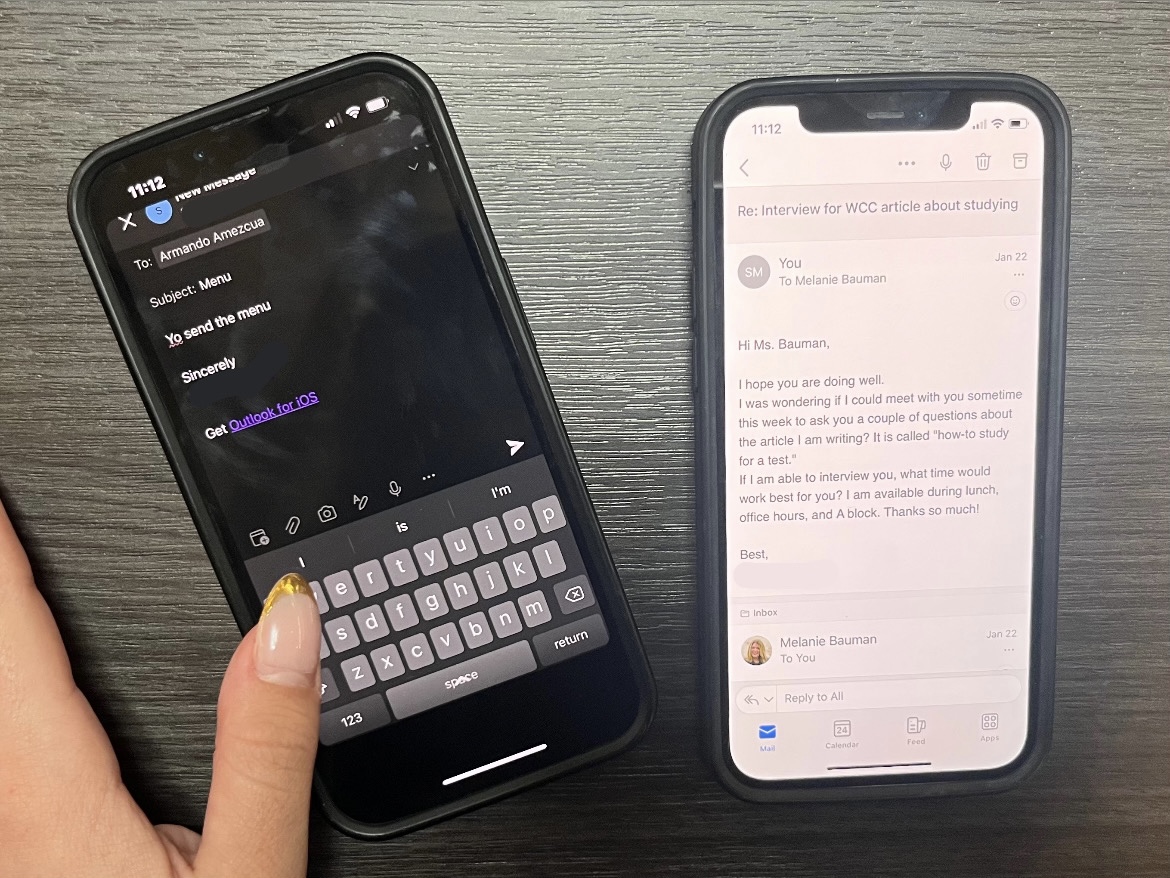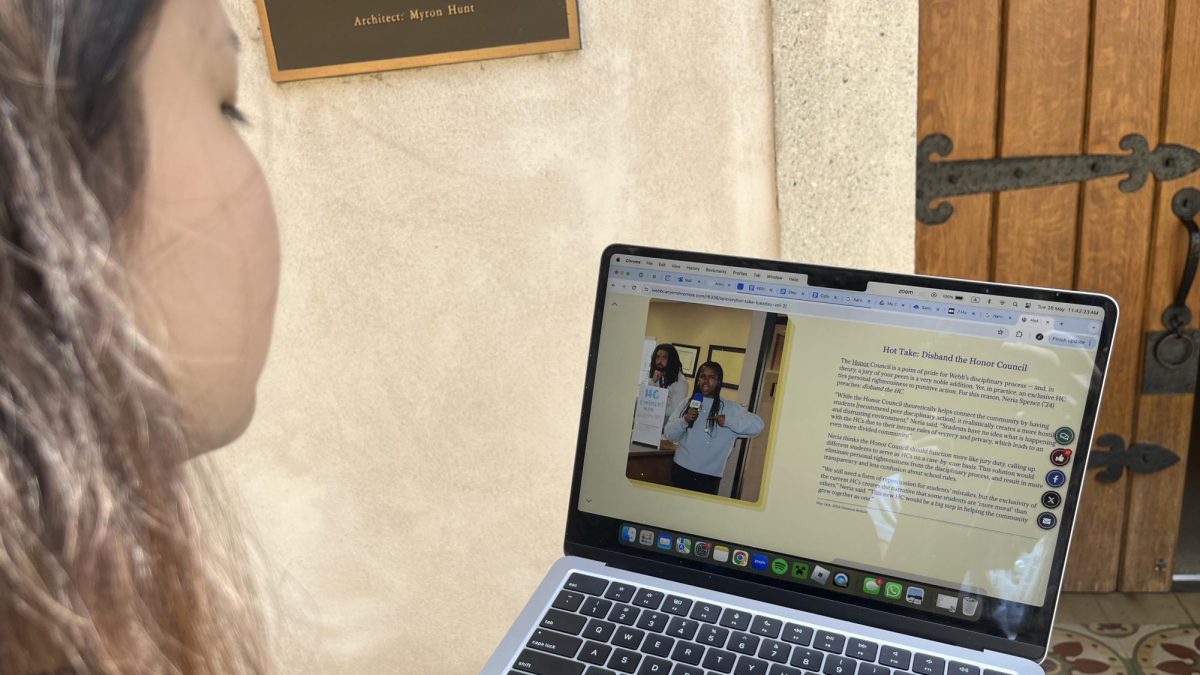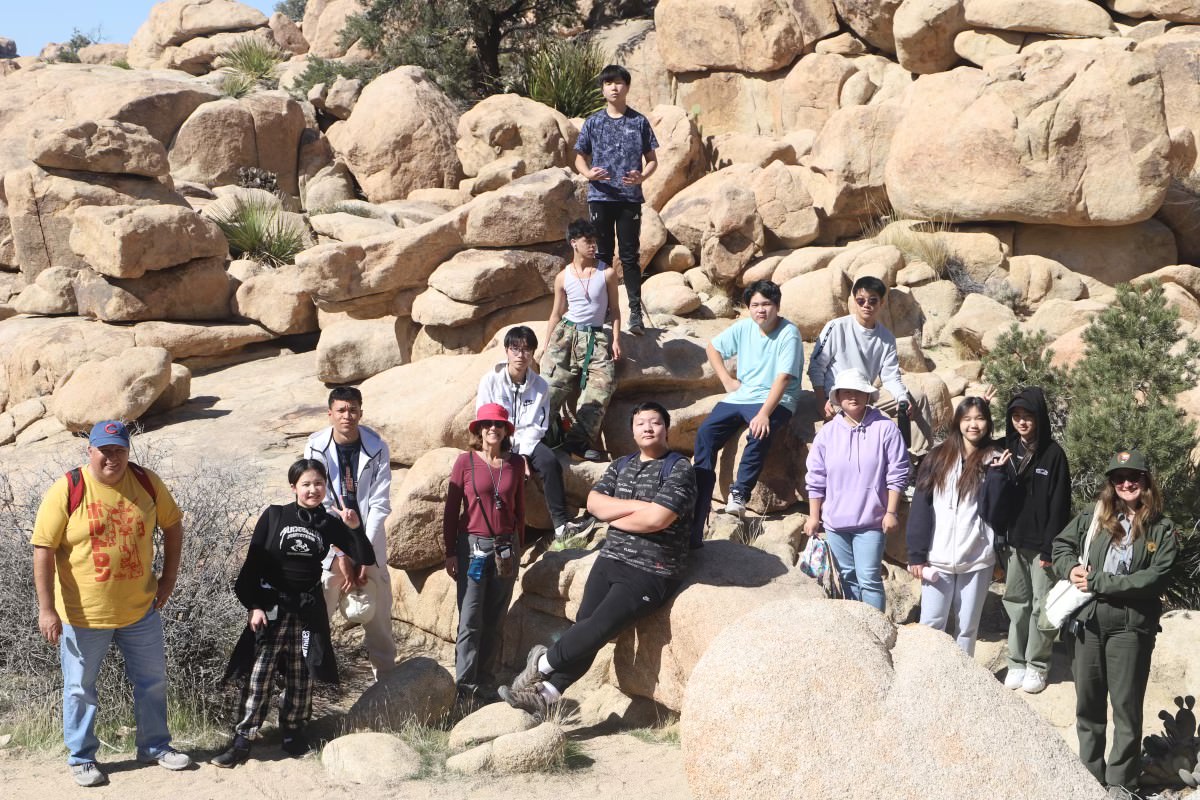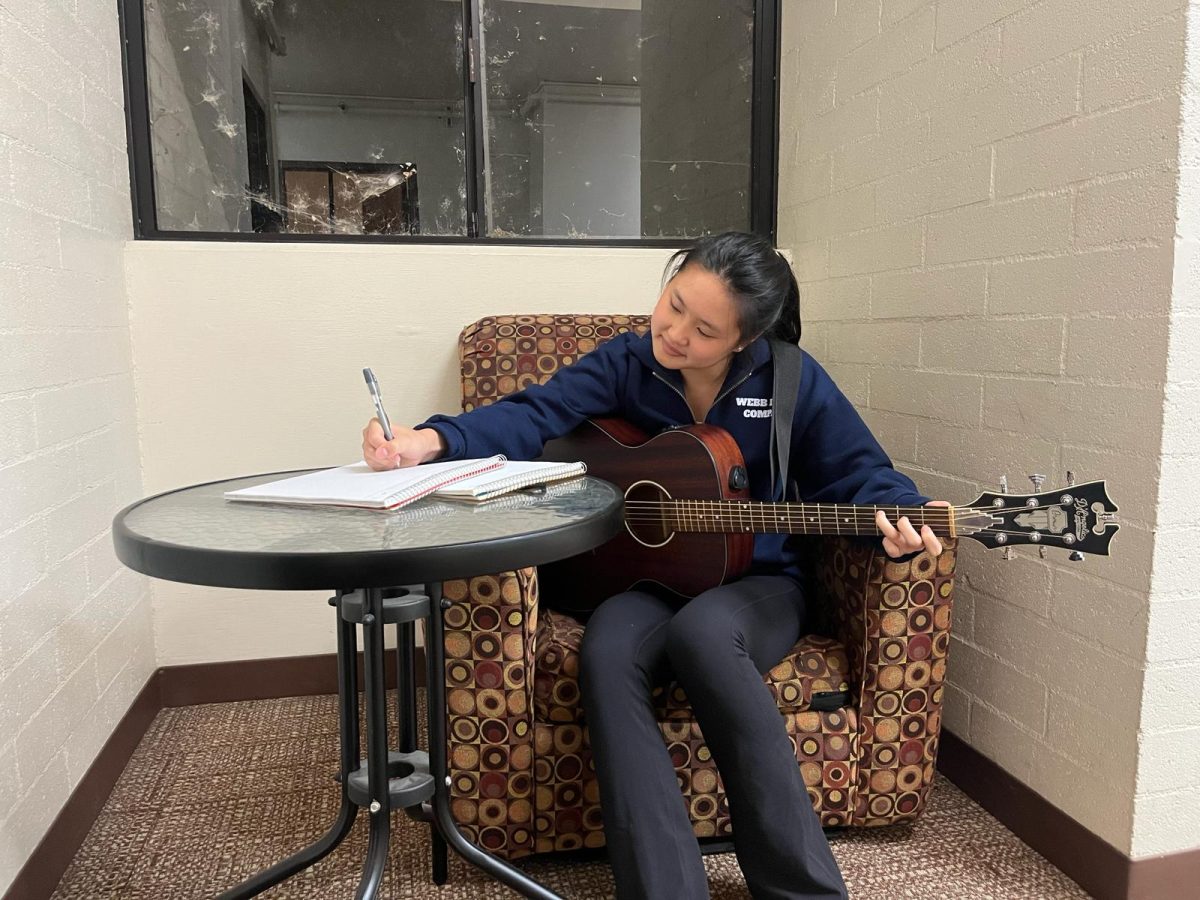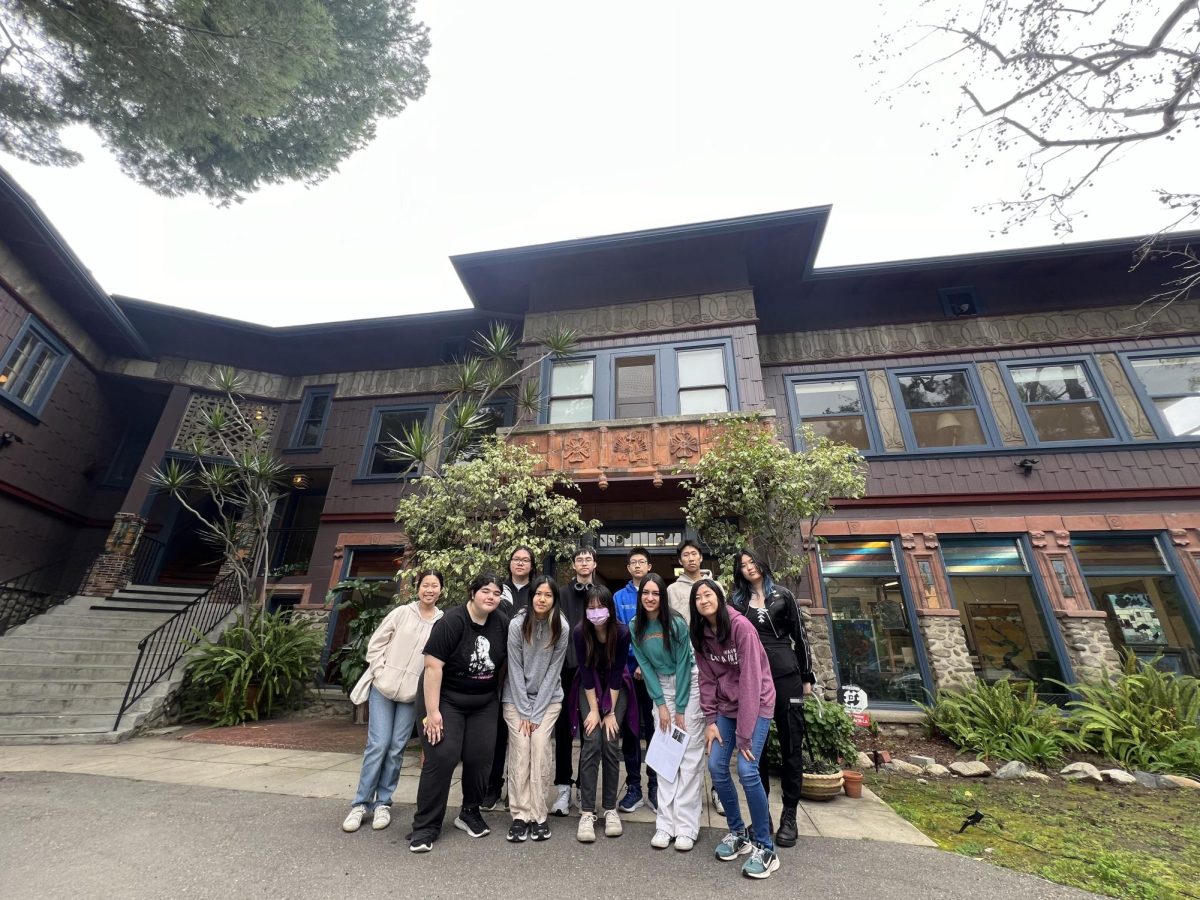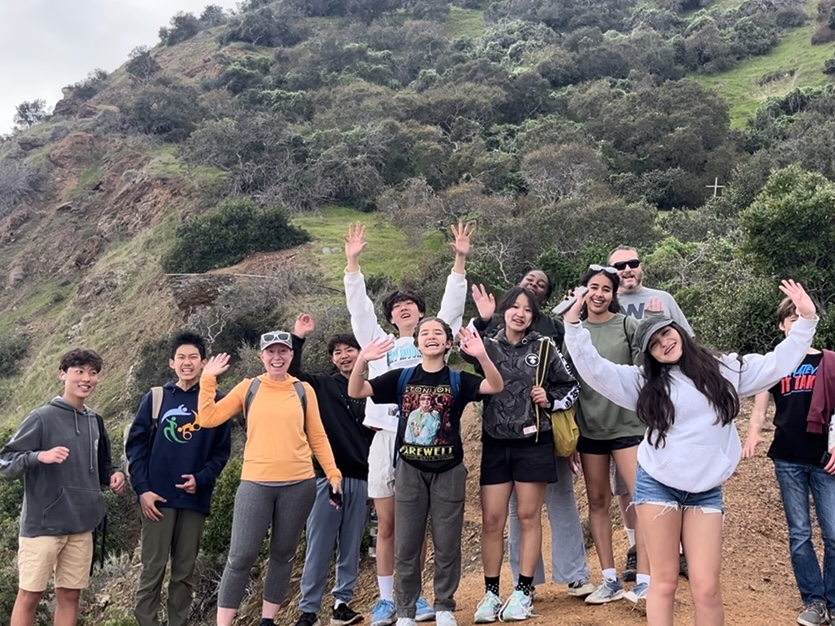Reaching out via email is how many students communicate with their teachers outside of school hours, so it is key to know how to demonstrate care for their response in the email.
“I just feel like using formal language is a lot more respectful,” Sydney Mildon (‘25) said. “I look up to them and I want them to look at me as more mature.”
Emailing is the foundation for trying to communicate anything with a teacher outside of school hours. If you use informal language in your email, it signals that you do not want to put in effort. Writing your emails informally can also be seen as a lack of respect for all the hard work your teacher puts into not just the class material but communicating with you outside of class.
So, whenever you are confused on an assignment or just need to get in touch with your teachers—here is how to do it.
First, start your email with a subject. The subject should encapsulate the topic you are going to be discussing within your message. This lets your teacher know how urgent the email is or what they should expect when they read it.
Once you get into the actual content of your email, you need to start with a header. This header, such as “Dear…,” shows that you are communicating formally and value their insights.
“When it is informal tone, not that I am huge on hierarchy, but there is a level of respect that you should have when addressing folks,” Mr. Hoe said. “I think it should be addressed in an appropriate way, particularly when you are addressing an adult.”
The actual email itself should be written with full sentences and going in depth on the issue you are having. Whether that be trouble on an assignment or trouble at home, going in depth shows that you not only care but also have valid reasoning.
“I love personally when a student is proactive and says, ‘I would love to meet with you about this; here are my free times this week,’” said Michael Hoe, Assistant Head of School. “That means that they are looking at their week and trying.”
Before adding your signature, you should end your email with either a “Thank you in advance” or “Thanks for being understanding,” whichever fits best, to show that you truly appreciate the effort they are making to help you outside of school hours.
Once you have your ending, you are almost done! The last thing you are missing is your signature. You want to sign off the message with a “Best, your name” This will indicate a formal but inviting tone, which is likely the best way to get a warm response back.


